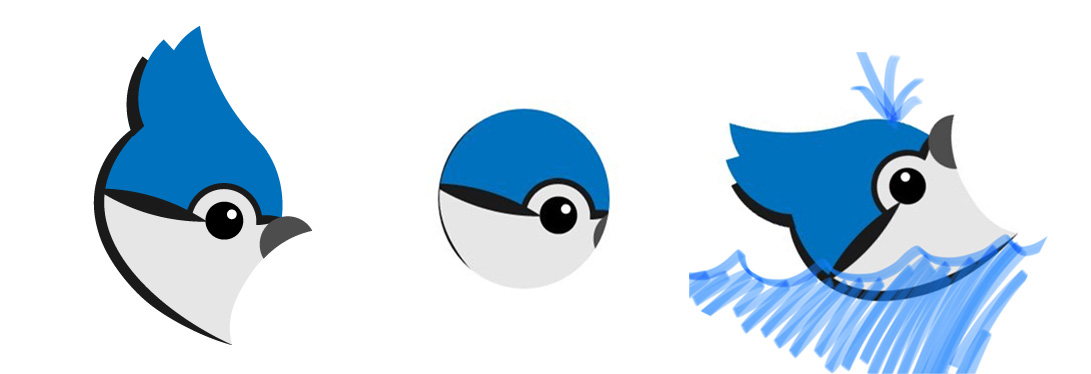This week we released Bluejay, a simple Swift framework for Bluetooth hardware communication. This was fun, but also weird. You see, we learned Bluetooth by accident.

Bluejay logo, with remixes by Soroush Khanlou and Matthew Panzarino.
Four years ago, a company got in touch looking for fixes to a Bluetooth app. My initial reaction was skeptical: we design and develop polished app UIs – what do we know about Bluetooth? That’s not our thing. Still, we took a chance to learn something new.
And learn we did. We learned about the weird and wonderful mistakes people make when building Bluetooth apps – first by fixing existing problems in the app, then by making a couple of our own mistakes. We learned about background restoration, firmware updates, and the joy of debugging sync issues you can’t reproduce. At first it was annoying. Then it was fun. Before long, we’d shipped an app that talks to real live hardware. The experiment was complete.
Then something odd started happening. Every time I’d talk to a potential client who mentioned Bluetooth, I’d say “Oh great, we just shipped a Bluetooth app,” and they’d sort us to the top of the pile. While we may sign 50% of the typical project proposals we send out, suddenly we were signing 100% of the Bluetooth projects. Before long, hardware startups were knocking on our door. Our virtual door that is – client leads who knock on our literal door universally turn out to be bad leads and are treated with the strained politeness they deserve.
Seriously, sometimes people just randomly show up and say, “Uh yeah… I have an idea for an app, so…” It takes all the Canadianness in my body to not just respond, “Sorry, we don’t work on ideas here, only products. Goodbye!”
In any case, by venturing out of our comfort zone, we learned a skill that turned out to be both in demand and enjoyable. Before we knew it, we went from “that’s not my bag baby” to a third of our projects being that exact bag. And now I’m the product manager for a series of mobile apps and an open source Bluetooth framework. It’s weird but cool.
Catching the current
Sometimes creation is about precision. Apple machines beautiful products out of aluminium at magnificently tight tolerances. Structural engineers go to great lengths to ensure bridges will endure through their design lifetimes, defining exactly to what specifications they will be constructed.
More often though, creation is about flexibility. It’s about adapting as you go and making use of what you learn. There’s a saying among people who work with wood and other natural materials: “It will tell you what it wants to be.” You can’t just CNC a piece of driftwood into an ultrathin MacBook enclosure. Ignore the grain and nature of the wood, and you’ll just waste a wealth of potential. Though I suppose it would make for the hipsteriest MacBook a hipster ever hipstered, until it split open catastrophically.
My point is that building a career, a company, or a life is like working a natural material. It’s about finding opportunities, and discovering what it wants to be. Sages like Stephen Covey exhort us to “begin with the end in mind”. This is great for daily or monthly tasks, but in our industry it breaks down at the scale of a career. 20 years from now, our world will be wildly different. By the time I retire, UI will be VR, apps will be brainwaves, and likes will be florps. Or maybe they won’t be, but we sure won’t be doing the same jobs we are now.
So here’s your regularly scheduled reminder to try new things. The great things you do probably won’t come from persevering on your current grand plan, but rather from a thousand little plans, taking chances, and recognizing which are working.
And it turns out, Bluetooth works. Who knew?